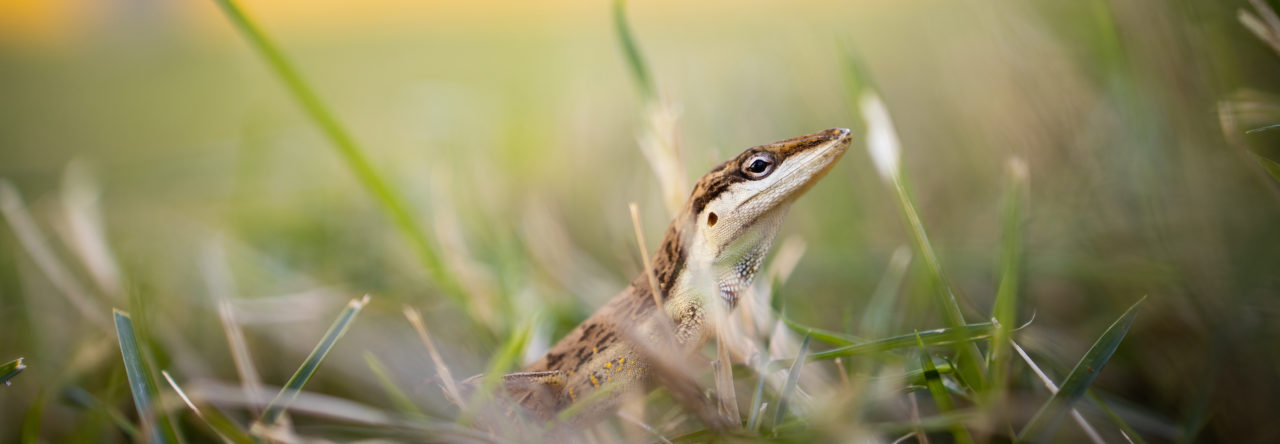Shane Campbell-Staton and colleagues have just published a paper in Molecular Ecology on the physiological and regulatory basis of variation in cold tolerance across the range of Anolis carolinensis. In the same issue, Daren Card and colleagues have written a very nice, freely available, summary of that article. Here’s the abstract from Card et al.’s review:
How does climate variation limit the range of species and what does it take for species to colonize new regions? In this issue of Molecular Ecology, Campbell-Staton et al. (2018) address these broad questions by investigating cold tolerance adaptation in the green anole lizard (Anolis carolinensis) across a latitudinal transect. By integrating physiological data, gene expression data and acclimation experiments, the authors disentangle the mechanisms underlying cold adaptation. They first establish that cold tolerance adaptation in Anolis lizards follows the predictions of the oxygen- and capacity-limited thermal tolerance hypothesis, which states that organisms are limited by temperature thresholds at which oxygen supply cannot meet demand. They then explore the drivers of cold tolerance at a finer scale, finding evidence that northern populations are adapted to cooler thermal regimes and that both phenotypic plasticity and heritable genetic variation contribute to cold tolerance. The integration of physiological and gene expression data further highlights the varied mechanisms that drive cold tolerance adaptation in Anolis lizards, including both supply-side and demand-side adaptations that improve oxygen economy. Altogether, their work provides new insight into the physiological and genetic mechanisms underlying adaptation to new climatic niches and demonstrates that cold tolerance in northern lizard populations is achieved through the synergy of physiological plasticity and local genetic adaptation for thermal performance.
Latest posts by Jonathan Losos (see all)
- Evolution in Real Time on Lizard Island - March 23, 2025
- Spider Snags Adult Anolis osa - March 22, 2025
- An Homage to the Green Anoles of New Orleans - March 21, 2025



Pat Goodman
Have been concerned about the few (0?!) anoles I’ve seen in my yard this year; usually see last year’s hatchling crop as well as established adult males and females all over by now; living in Wilmington, NC about 4 miles from the beach. Skink population seems to be down as well. Am wondering if they froze after February’s higher temps and then cold snaps; there were quite a few out for the warm up. Any others seeing a shortage? I really miss them! The box turtles and pine barren tree frogs seem to be thriving, but no anoles!